Popular Ionization Techniques in Mass Spectroscopy
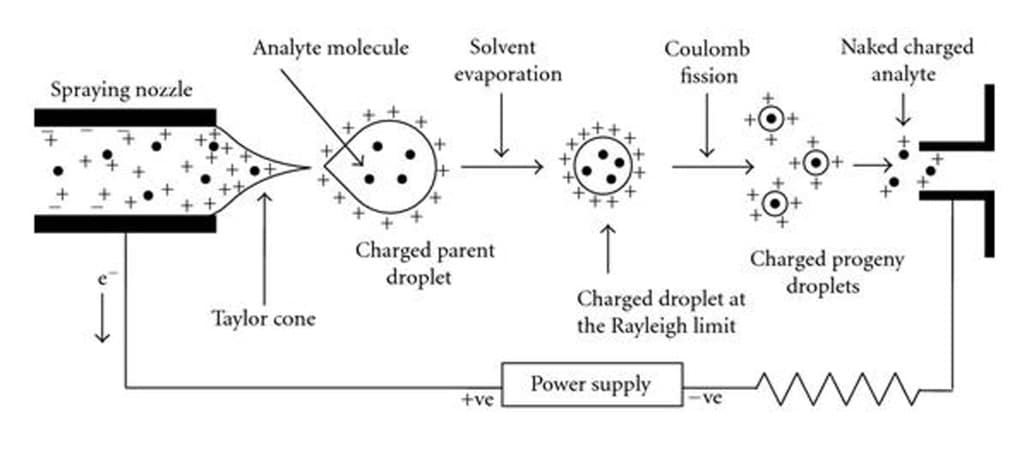
Ionization plays a central role in mass spectroscopy as it ionizes neutral molecules to charged molecules whose separation in space and time is based on their mass to charge (m/z) ratios. The mass spectroscopist has several available options for initiating ionization depending on analytical requirements and nature of molecules. Common ionization techniques are briefly outlined and their benefits are briefly discussed in the present article.

Electron Impact (EI)
Electron impact is the most commonly used hard ionization technique. It is suitable for relatively small molecules whose molecular weights are below 600 which can be vaporized easily without decomposition. Gas phase molecules enter the ionization chamber where they are bombarded with electrons having energies in the range of around 70 ev which is sufficient to knock out an electron resulting in positively charged ions of same mass (molecular ion) or fragments having lower mass. Fragmentation serves to provide structural information on the parent molecule but it must be remembered that molecular ions may be either absent or very few in numbers under electron impact ionization. The technique is limited to only very stable and volatile compounds.
Chemical Ionization (CI)
Chemical Ionization is a soft ionization technique which makes use of ion – molecule reactions to generate ions from neutral molecules. A reagent gas such as methane, isobutane or ammonia is ionized by electron impact and the resulting ions react with analyte molecules to produce analyte ions. The spectra are simpler in comparison with EI spectra.
Chemical ionization results in lower fragmentation and the reproducibility of spectra is lower. Library search becomes cumbersome as spectral reproducibility is dependent upon parameters such as reactant gas, pressure and reaction time. CI is a favoured technique for molecular weight confirmation and differentiation between isomers. The molecular weight range is almost similar to the EI technique.
Electrospray Ionization (ESI)
Electrospray involves formation of an aerosol of the liquid sample through a highly charged capillary under atmospheric pressure. Charged droplets are subjected to a cross flow of an inert
de-solvating gas such as nitrogen which removes the solvent by evaporation. Coulombic repulsion results in formation of independent charged analyte ions and these are led to the mass analyzer through ion optics of the instrument.
Electrospray is capable of producing multiple charged ions. It is suitable for polar molecules having high molecular weights and are thermally labile . Such molecules are ideal candidates for LC-MS applications.
Atmospheric Pressure Chemical Ionization (APCI) is similar to Electrospray technique.The liquid solution is rapidly heated in a stream of nitrogen between 300 – 450°C before emerging as a de-solvated aerosol droplets in the atmospheric pressure region. The technique is effective for molecules having lower polarities.
Atmospheric Pressure Photoionization (APPI) is another atmospheric pressure ionization technique which uses UV light source for ionization of the analyte molecules. It is less popular in comparison to the ESI or APCI and can be applied to moderately polar molecules such as polycyclic aromatics, steroids, etc.
Matrix Assisted Laser Desorption Ionization (MALDI)
MALDI permits ionization of large thermally labile molecules and has potential scope of applications in life sciences. It is a soft ionization technique and is suitable for molecules having molecular weights up to 500,000 Da. The analyte is mixed with an excess of matrix compounds such as Sinapinic acid . It is commonly used for analysis of DNA, peptides and proteins. A small amount of analyte is mixed with the MALDI matrix and the solution is placed on a laser target which is irradiated from a laser source. The energy of the laser results in desorption of the analyte ions into the gaseous phase and are protonated or deprotonated in the hot plume of ablated gas to produce ionized species. This technique is commonly used with time of flight (TOF) or Fourier transform ion cyclotron (FTICR) systems compatible with pulsed ionization methods.
The scope of Mass Spectroscopy is virtually unlimited and role of hyphenated techniques will be taken up in subsequent articles.

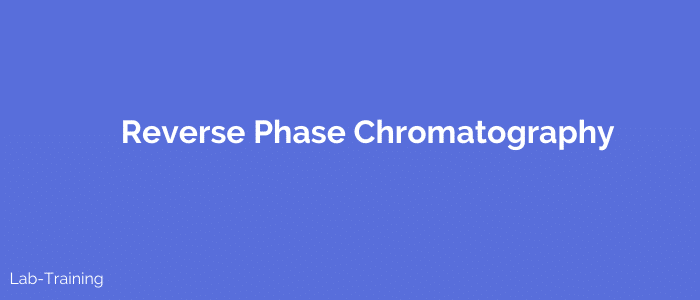
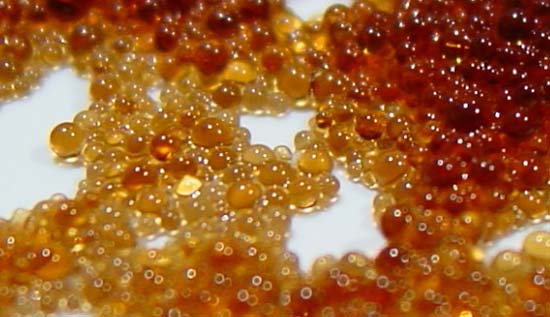
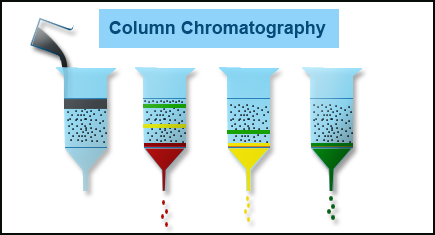
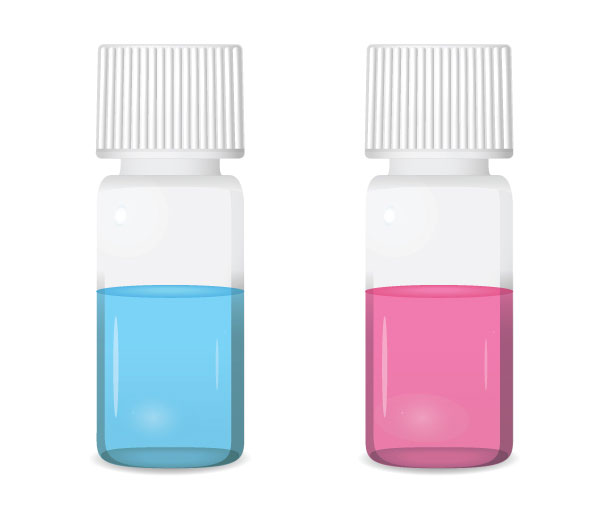
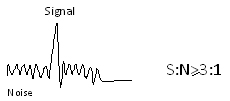
CAN I USE THIS PICTURE FOR MY MASTER THESIS?
yes with a reference